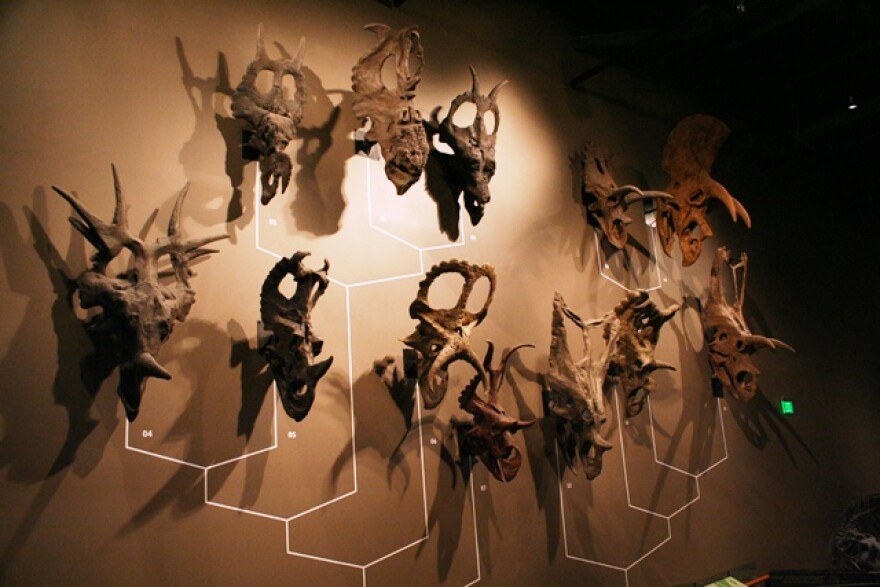Officials at the Natural History Museum of Utahannounced today the discovery of a new dinosaur species related to Triceratops. Paleontologists made the discovery in the nearly 2 million acres of wilderness in the Grand Staircase-Escalante National Monument in southern Utah. Doctor Scott Sampson led the study following the initial find in 2006. He says the Nasutoceratops titusi was unique for an oversized nose and long, curving horns.
“Our prediction is that future discoveries will include other horned dinosaurs with similarly un-ornate frills and long horns over the nose,” says Sampson.
He says 76 million years ago the area was much like Southern Louisiana is today but now it’s very hot, dry and extremely rugged.
“And that’s why this place remains arguably one of the last, largely unexplored treasure troves of dinosaur and other animals from the Mesozoic,” Dr. Sampson says.

He encourages young people to study paleontology because scientists are just scratching the surface.
“There’s lots of things to be found and discoveries to be made and that’s true for just about every area of science,” Dr. Sampson says.
He says the second part of the dinosaur’s name honors Paleontologist Alan Titus for his years of research collaboration at the Grand Staircase-Escalante National Monument.

The study of Nasutoceratops titusi was funded in large part by the Bureau of Land Management and the National Science Foundation. The recreation of the head of the newly discovered dinosaur is already on display on the Triceratops Wall inside the Natural History Museum of Utah.



